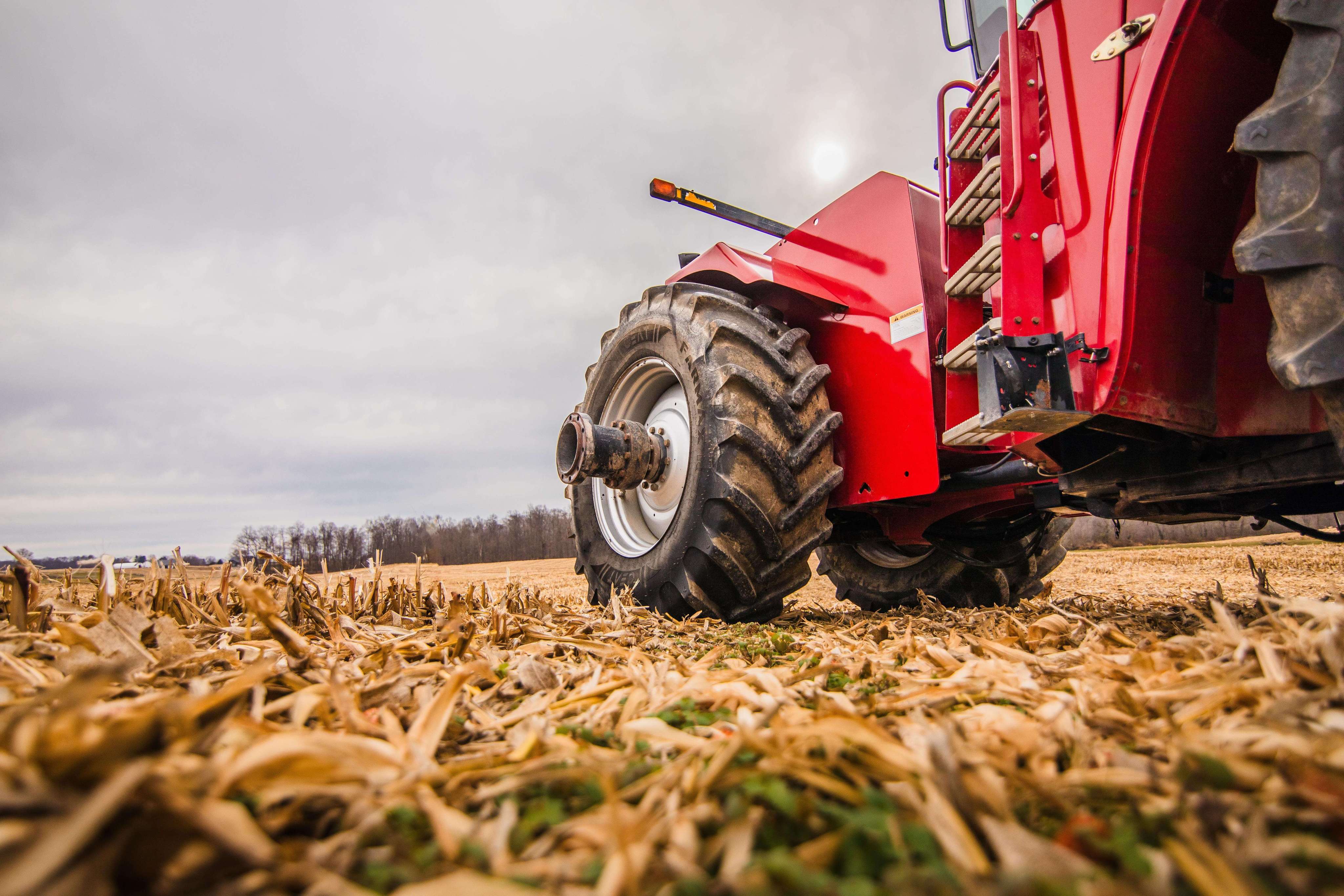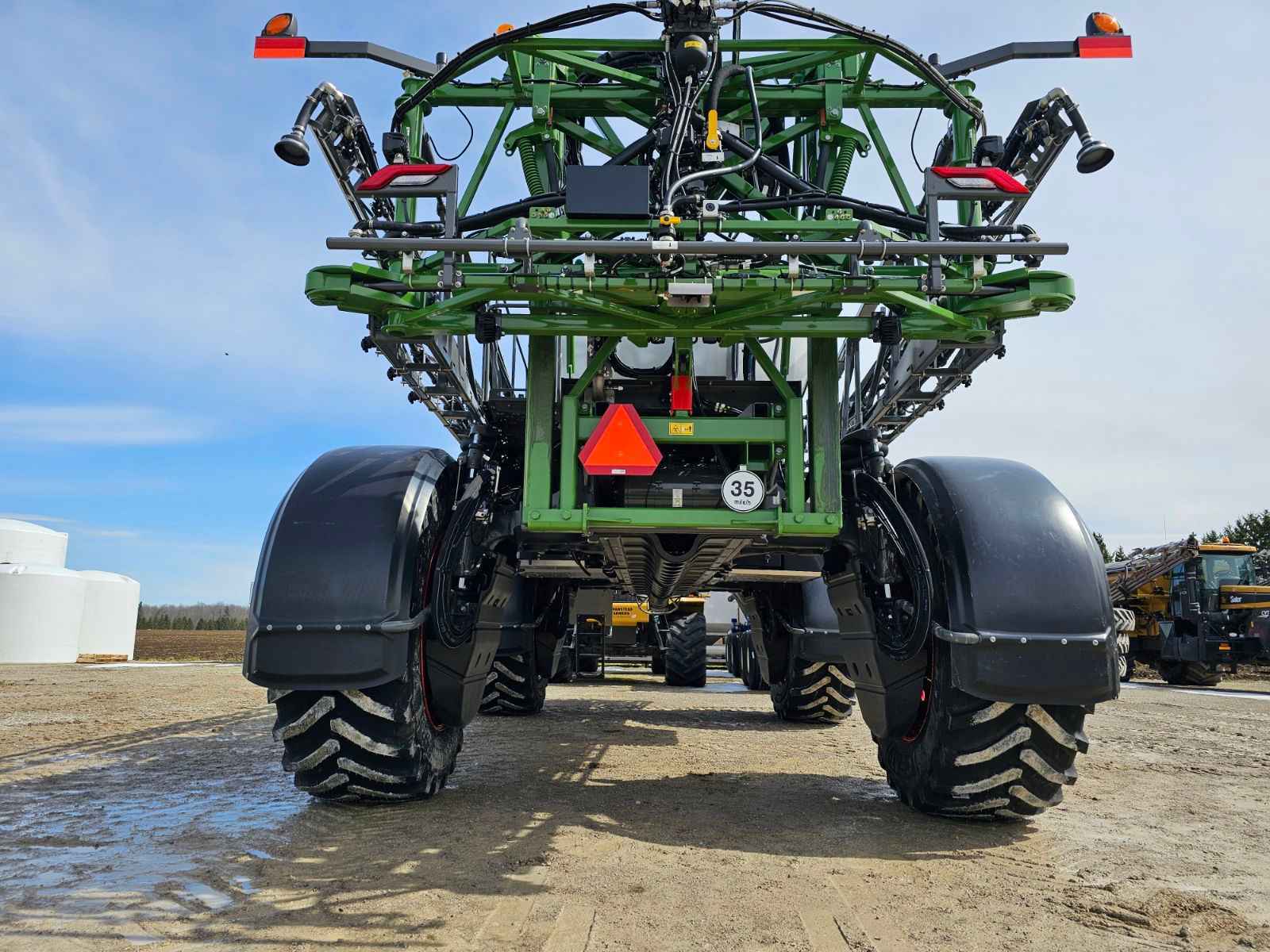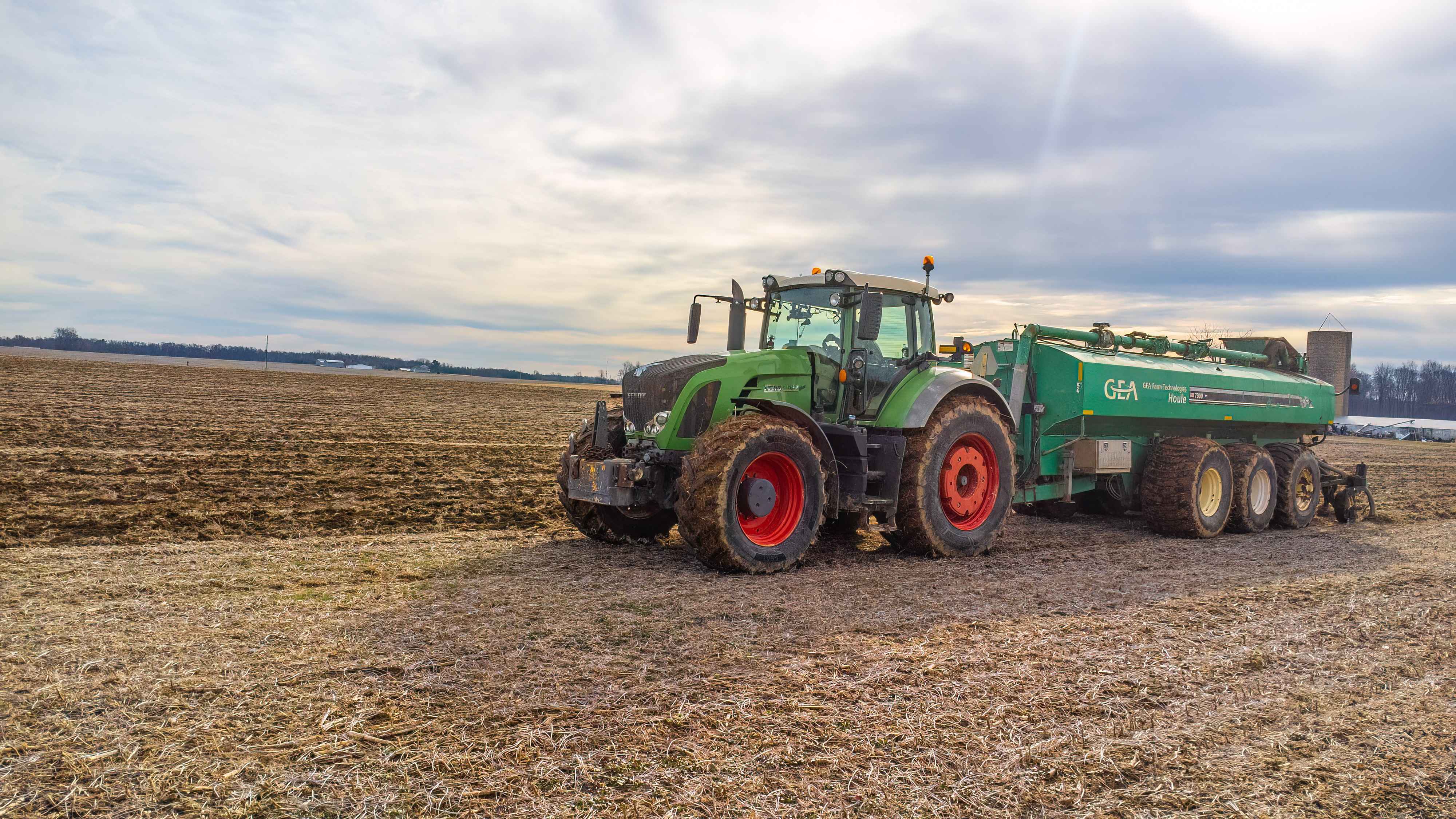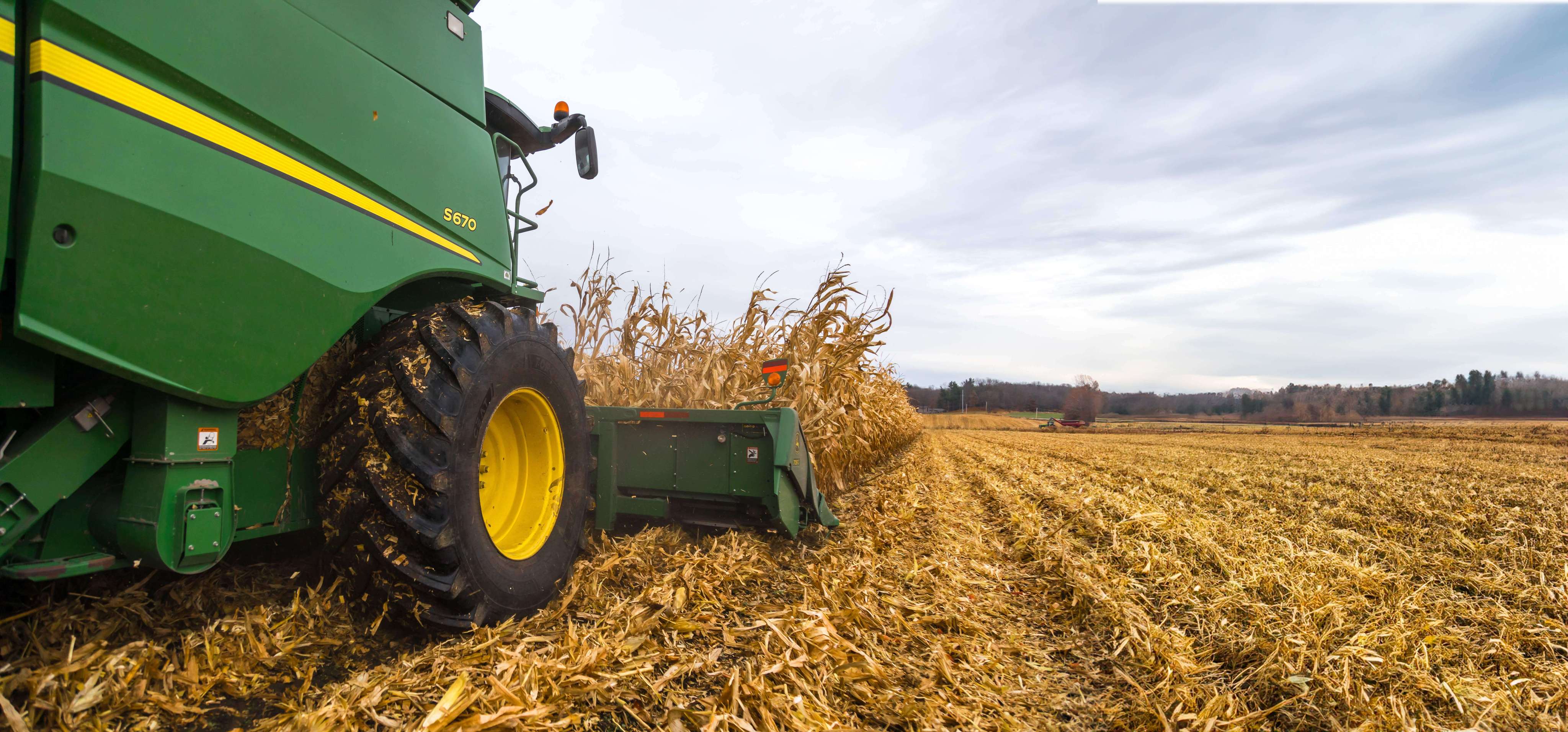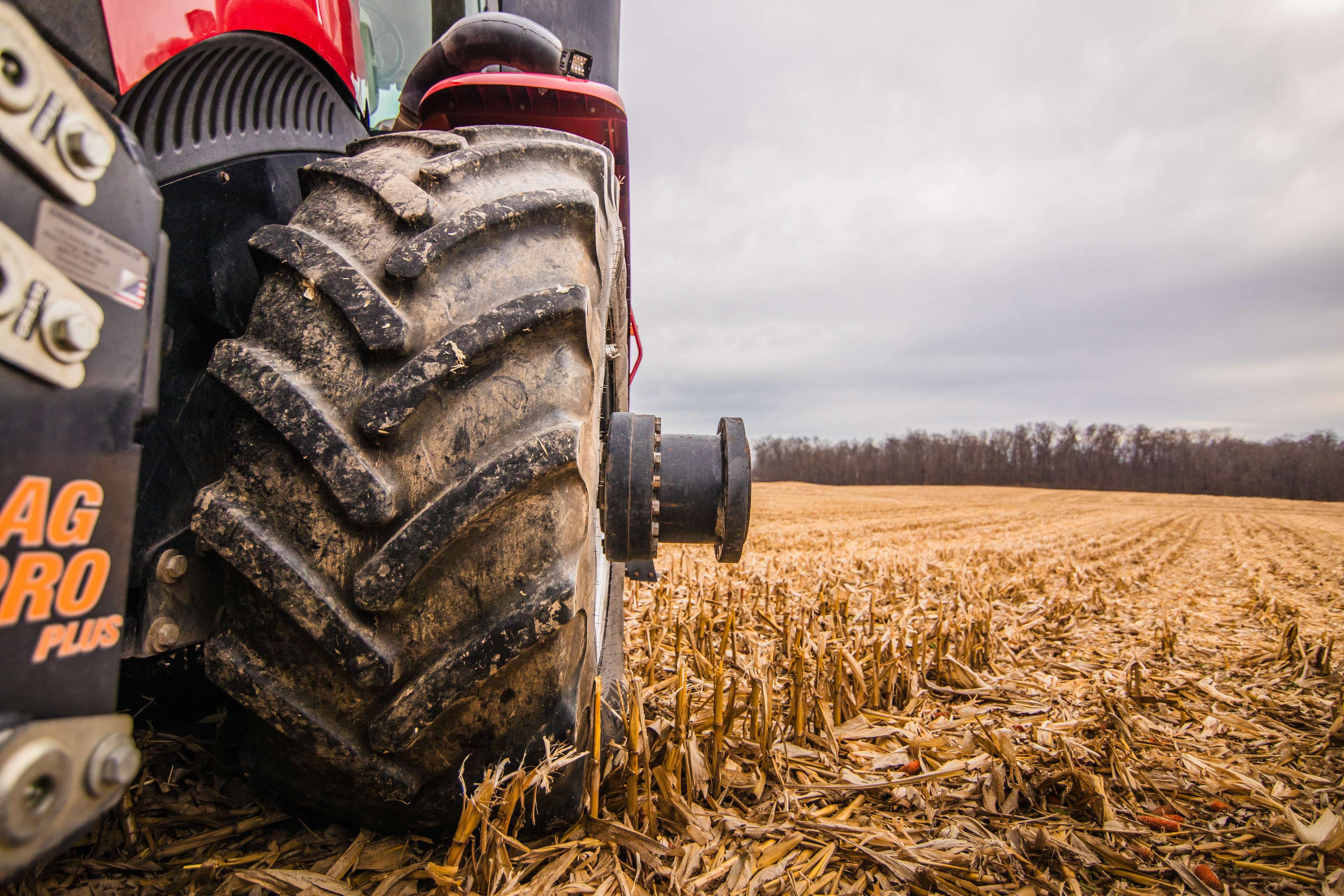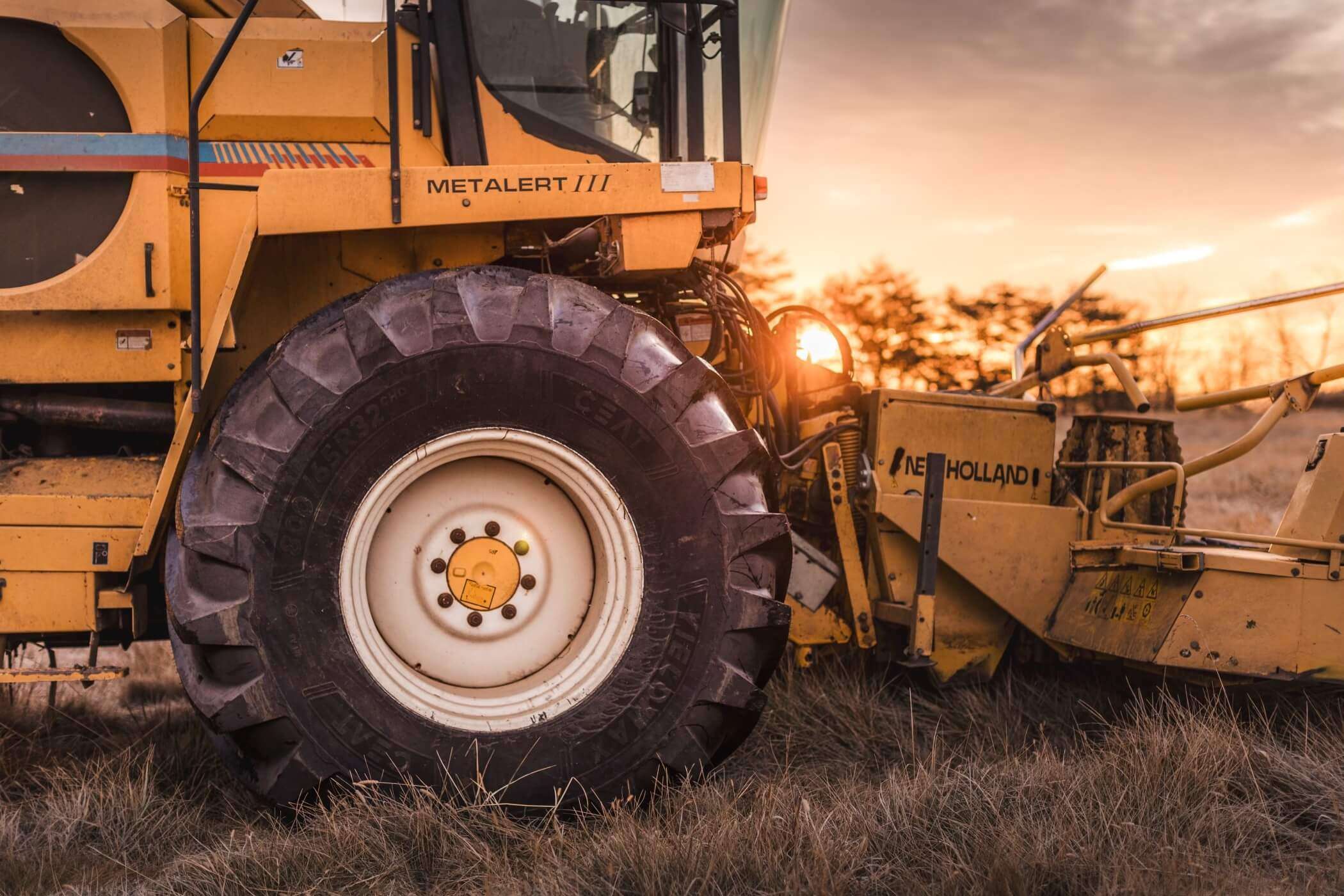ceat-speciality:blogs-tags/all,ceat-speciality:blogs-tags/tire-advice
Key Considerations for Choosing the Right Tractor Tire
Sun, 24 Nov 2024 | PRODUCTS
Choosing the right tire setup for a tractor involves a lot of considerations beyond just picking a tire size or type. The decision affects everything from performance to cost efficiency over time.
Here's a breakdown of why tire choice is such a complex but crucial decision for farmers or anyone operating heavy machinery:
Key Considerations When Choosing Tires:
Traction: This is one of the most immediate and noticeable effects of your tire choice. The right tires can significantly improve performance in the field, whether you're working in loose soil, wet conditions, or muddy terrain. More aggressive tread patterns or larger tires can provide better grip, but they might come at the cost of ride comfort on roads or wear rate.
Ride Comfort: On the road, or when moving between fields, ride comfort plays a huge role in minimizing operator fatigue. Larger or higher-pressure tires often provide a smoother ride but may not always be ideal for field conditions where low-pressure tires excel.
As Barry Hawn, Director of Off-Road Products for Tirecraft Ontario, notes, “Farmers are in their tractors all day long. When they get on the road they’ve got to get to the next field as quickly as possible. They are going pretty fast, so ride comfort is a huge issue. If they get beat up on the road, at the end of the day they are not happy!”
“The CEAT tires have done a great job with their capability to roll down the road with a nice comfortable ride,” says Hawn who has been in the tire business for 50 years. He has experience with the vast majority of Ag tire brands.
Durability: The cost-per-hour metric you're talking about really comes into play here. A more expensive tire might last longer, reducing the overall wear cost, but it’s tough to predict exactly how long a tire will last in different conditions. This is especially tricky since tire wear is highly dependent on factors like soil type, speed, load, and operating conditions.
Load Capacity: Different tires have different load-bearing capacities, which affects the total weight you can safely carry. Overloading tires leads to premature wear and safety concerns, so understanding the weight distribution and what your tractor is handling is critical.
Cost Per Hour: This is the tricky one because, as you mentioned, you can't fully determine the cost until the tire is worn out. But you can try to estimate it based on tire life expectancy in your conditions, maintenance costs, and how long it will last relative to its acquisition price. Some tires might cost more upfront but will save you money in the long run due to longer wear life or better fuel efficiency.
Fuel Efficiency: The type of tire can affect fuel economy as well. Some tires, particularly those with less rolling resistance, might save you fuel in the long run, especially on hard surfaces like roads.
Balancing Act
In the end, tire choice is about balancing these factors against your operating conditions and business model. The immediate feedback from traction and comfort on the road helps you know right away whether you’ve made a good choice in those areas. But the cost-per-hour and long-term wear-and-tear won’t be clear until later. Keeping track of tire performance over time and understanding how tire wear correlates with cost per hour will help you make better future decisions.
“If you have a tire that performs well in the field and equally well on the road . . . along with long tread wear . . . you have a winner,” Hawn says. “CEAT is that tire!”

